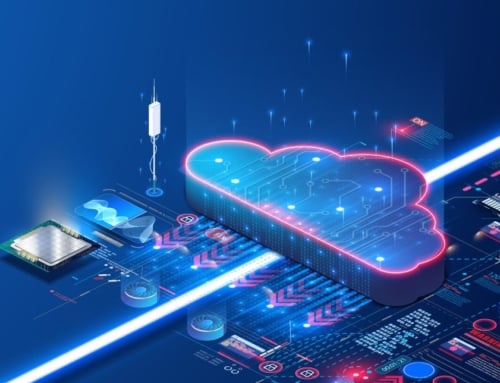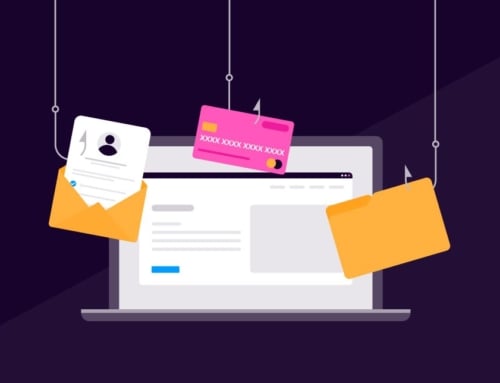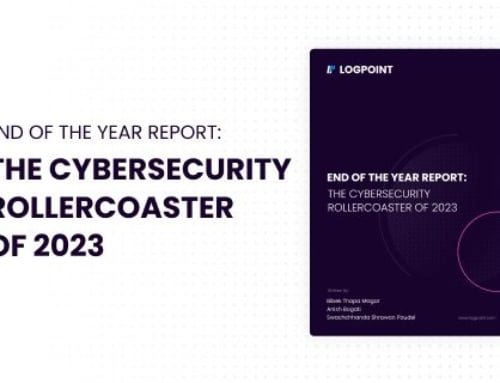A Managed Security Service Provider’s (MSSP) number one priority is to ensure that clients stay protected from malicious threat actors. But an MSSP’s ability to detect threats and quickly alert service users to the danger often depends on the systems that are in place.
In this blog, we’ll take you through five essential tools that build a solid framework for premium cybersecurity services.
5 essential tools for every MSSP’s locker
1. SIEM/Converged SIEM
What is it?
Security Information and Event Management (SIEM) scrutinizes the record of all information stored within your computer system and searches for signs of potential threats. SIEM also provides the option to retrace past events and comb through brand-new dangers that collectively make for a more comprehensive security package.
Converged SIEM combines traditional SIEM, UEBA (user and entity behavior analytics), SOAR (Security orchestration, automation, and response), and BCS for SAP, into one cloud-based package. Essentially, it’s the solution to the trifecta of threat detection, response, and investigation for all MSSPs.
SIEM use case
Major companies are increasingly understanding the benefit of SIEM and one such business, Engelbert Strauss, opted to utilize Logpoint for their cybersecurity.
Engelbert Strauss maintains that Logpoint’s SIEM tool has transformed the way that they use logged data — it’s become an asset that helps to identify trends and offers an insight into the cybercriminal’s processes. Therefore, the company stays on top of the shifting digital landscape and is best placed to fend off attacks.
Learn more about how SIEM can be utilized here.
2. SOAR
What is it?
Available as part of Converged SIEM, MSSPs can also choose to use SOAR technology as a separate cybersecurity tool. Let’s unpack why you might want to.
Security orchestration, automation, and response (SOAR) is the medium through which coordination of tasks and tools can take place, involving different people. When a security threat is located, a response is deployed based on an effective actionable framework.
A rapid response is key in the event of a security breach — speed is crucial to effectively mitigate the threat and minimize the damage. That’s where automation comes in, reducing your clients’ reliance on manual actuation which is just too slow and cumbersome to be efficient.
SOAR use case
SOAR can be used to tackle one of the biggest cybersecurity threats of 2022: phishing attacks. Logpoint’s SOAR performs phishing investigation and response in minutes, rather than hours — that’s a powerful way to add value to your clients’ cybersecurity defenses.
Learn more about using SOAR via the other use cases here.
3. UEBA
What is it?
User and identity behavior analytics track data and search for any anomalies or stand-out features that buck the trends that are perceived as normal.
It’s a versatile format of security that’s frequently used to sift through traffic and pick out irregularities, patterns of movement, and data use that’s unapproved. More generally, it’ll find compromising activity amongst your network and its perimeter.
UEBA constructs behavioral patterns that are unique to users, built from their historical activity and formulated by its advanced machine learning capabilities. It also gathers context across groups of people to use as a frame of reference when determining what constitutes risky behavior.
Within this context, it’ll attribute risk ratings that are specific to users and their devices as a way of ranking the likelihood of an attack. These ratings are an easily digestible way of quickly discerning the risk that you might face.
UEBA use case
UEBA can be utilized as a complementary behavioral analysis tool alongside MITRE ATT&CK®. While the MITRE ATT&CK® framework provides an outside-in approach to understanding bad actor behavior, UEBA brings the inside-out view.
You can learn more in our blog, ‘Behavioral approach to security’.
4. Email security tooling
Above, we talked about SOAR and its value in blocking phishing security threats. Phishing, spear phishing, ransomware, and other threats exploit email vulnerabilities — either breaching network vulnerabilities or getting past email recipients who let their guard down.
It’s here that email security tooling plays a role. MSSPs can set up the most watertight cybersecurity systems and next-level layers of protection, but it’s all too easy for a member of a client’s team to click on a suspicious link.
Email security tools provide sophisticated, multi-layered spam filters and near-perfect virus detection. You can also utilize automation here to receive real-time alters of attacks and suspicious messages.
Offering email security as part of an MSSP’s service wrap helps protect clients from one of — if not the — biggest threat to their daily cybersecurity.
5. Data back-up and protection
This is of high importance to both an organization and its MSSP.
Any approach that looks to protect information needs to be multifaceted as it involves three main areas: storage, access, and management. Threat actors realize that intelligence surrounding people’s personal and professional lives is a valuable asset — one that criminals can exploit using ransomware, for instance.
Valuable data to would-be hackers includes intellectual property, personally identifiable information, protected health information, and other similar forms of sensitive information.
Data back-up and protection use case
Data attacks are on the rise and 2022 has already witnessed some notable examples. In August, the hacking group known as 0ktapus pretended to be the authentication service, Okta. They sent text messages to people’s cell phones with a link to a site that asked for their login details, and people unwittingly gave away their credentials.
In July, Marriot stated that 20GB of sensitive information had been stolen through an employee’s computer as a result of a phishing attack. This compromised bank cards, flight schedules, and business information of up to 400 people.
These are just a couple of recent examples that highlight the importance of backing up data. It’s all too easy for clients to fall for scams that threat actors devise. There are many routes to take to minimize the risk level, but above all, modern MSSPs need a mechanism in place that holds a record of their client’s data.
To safeguard the future of a company, it’s imperative to have a reserve for each client’s sensitive information — whether that’s a cloud service or hardware storage.







